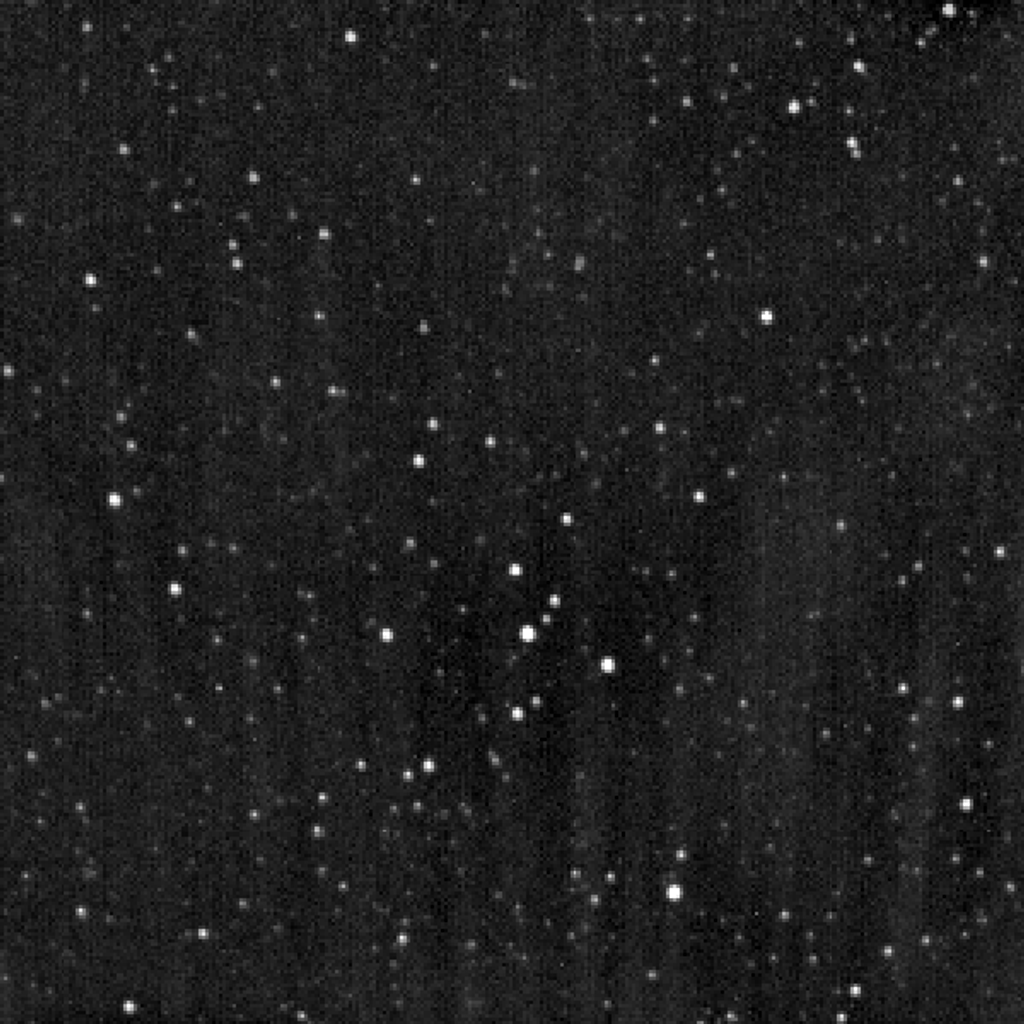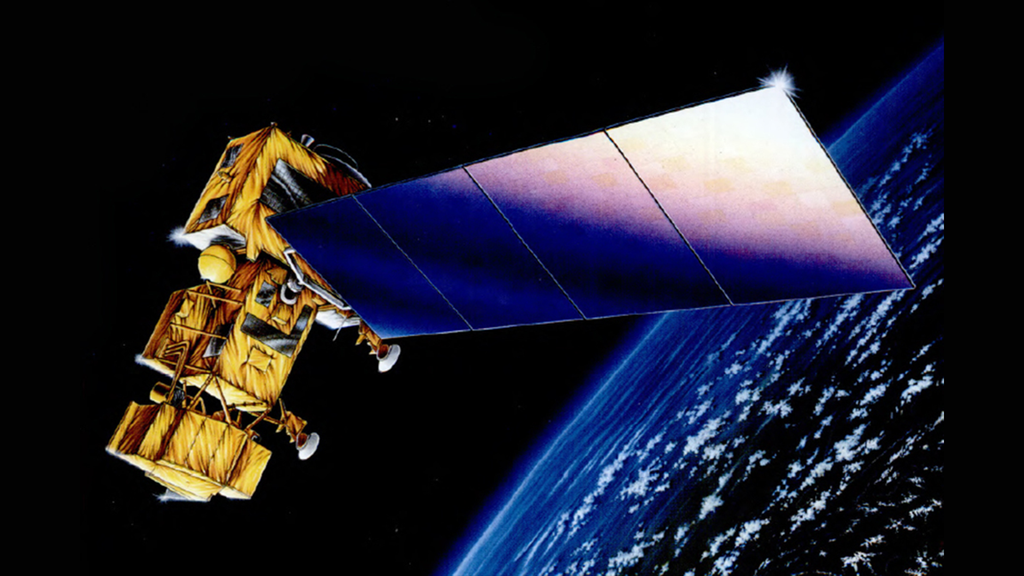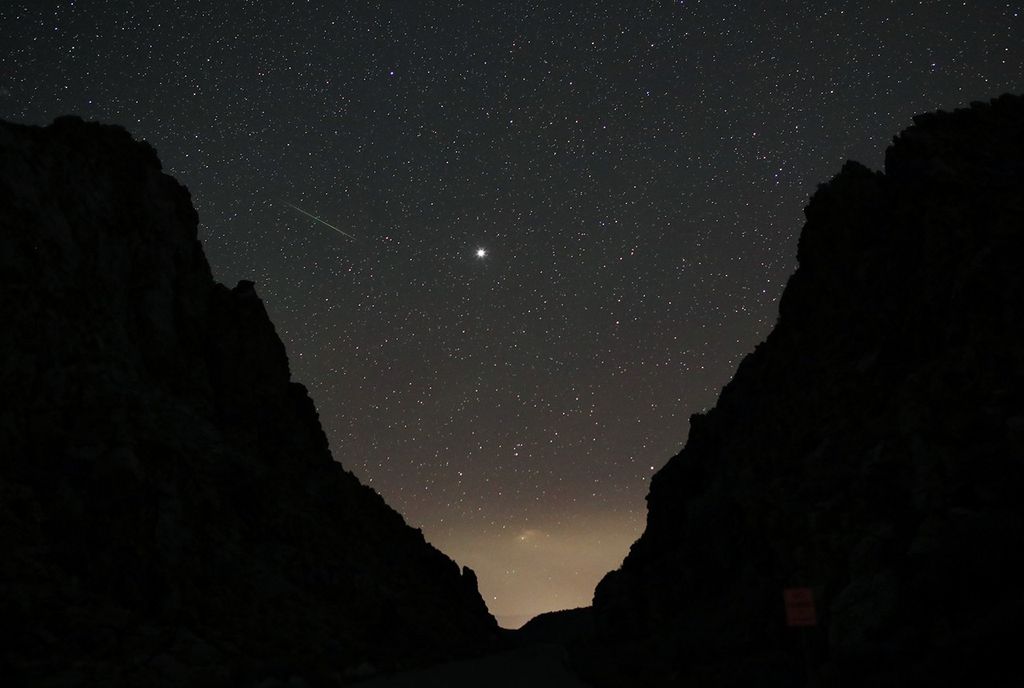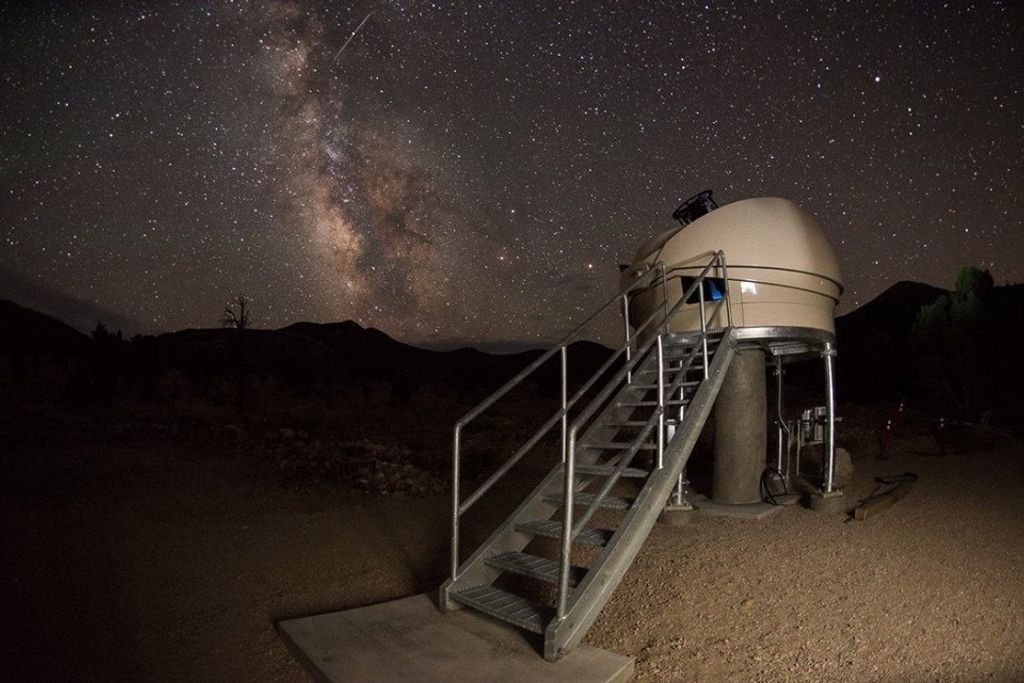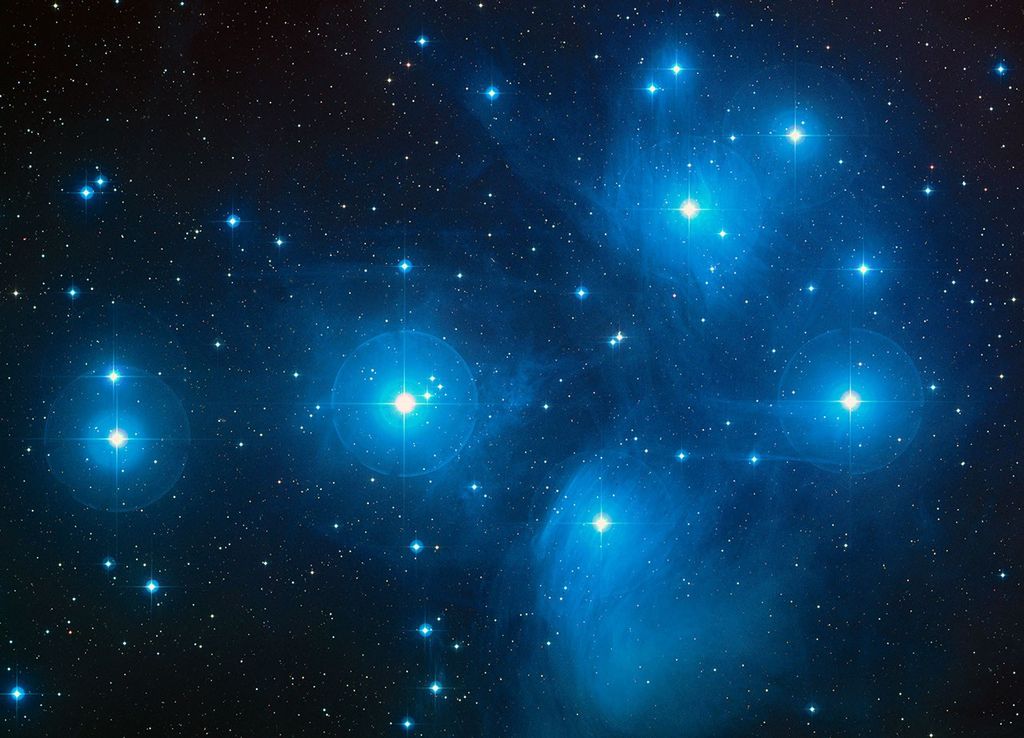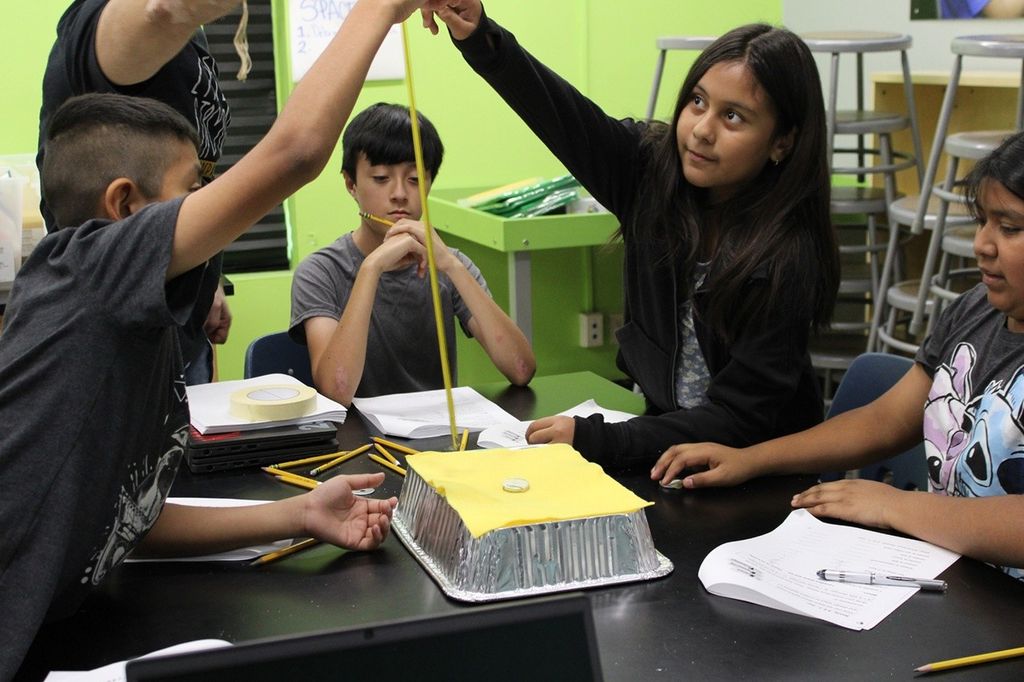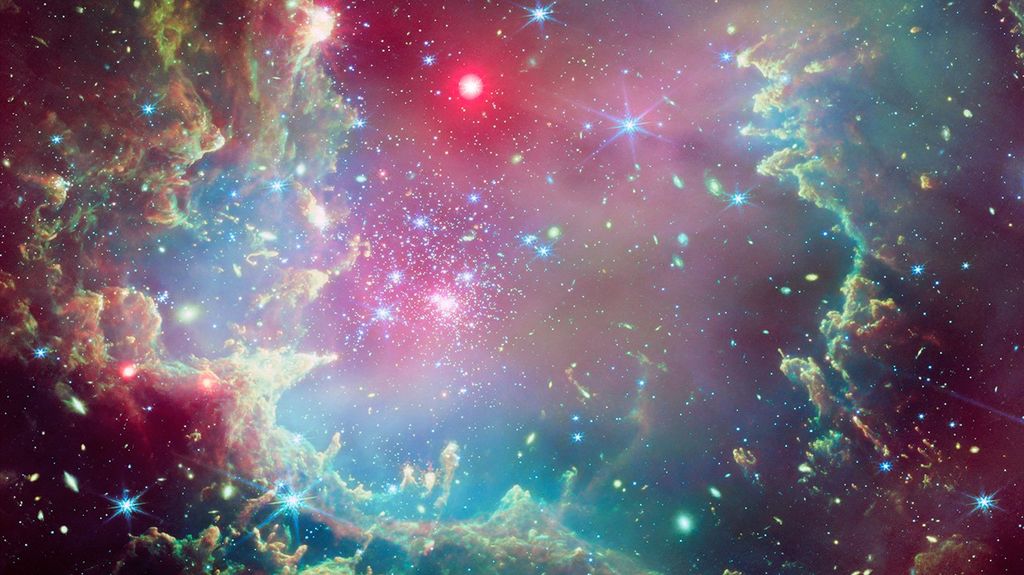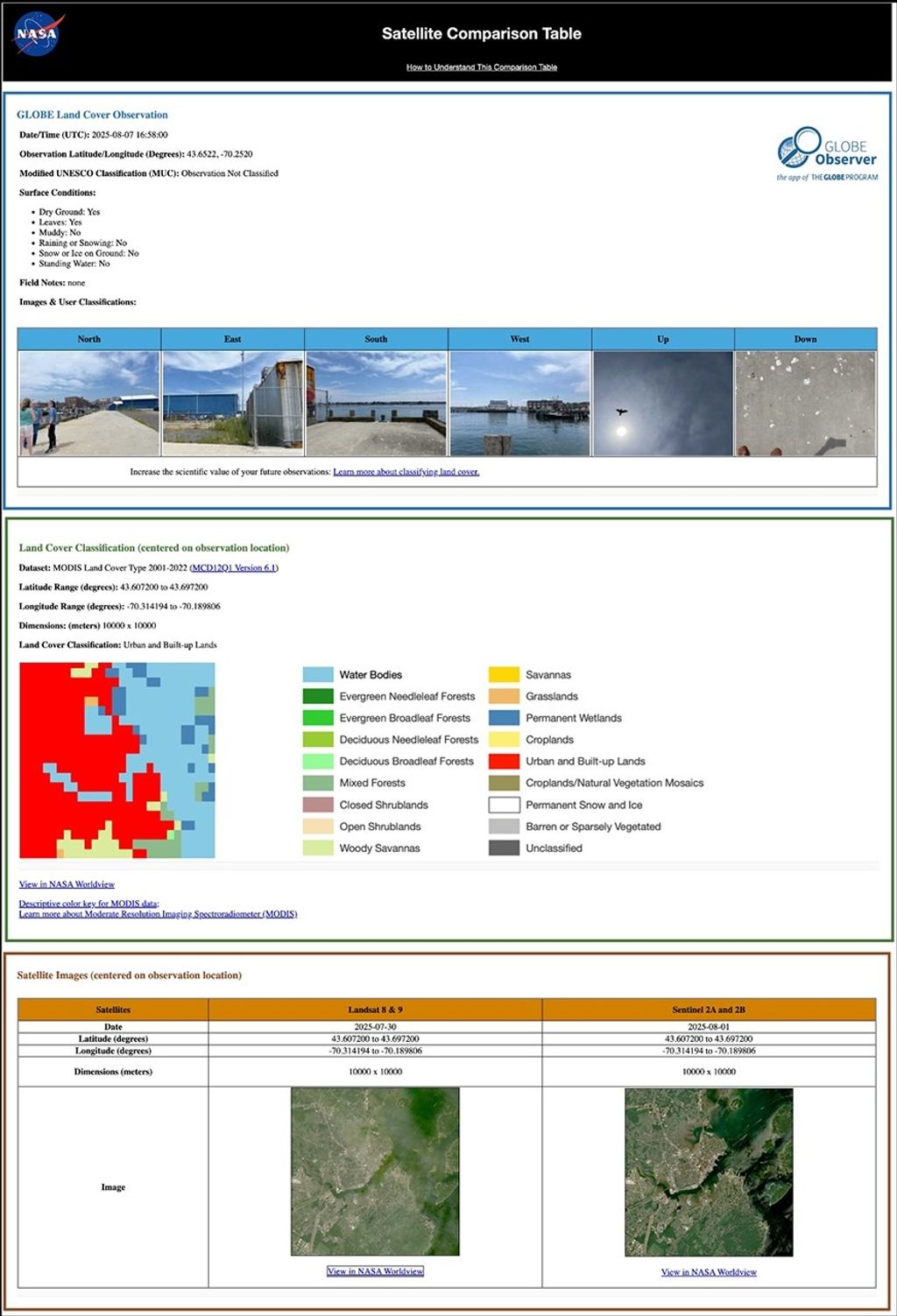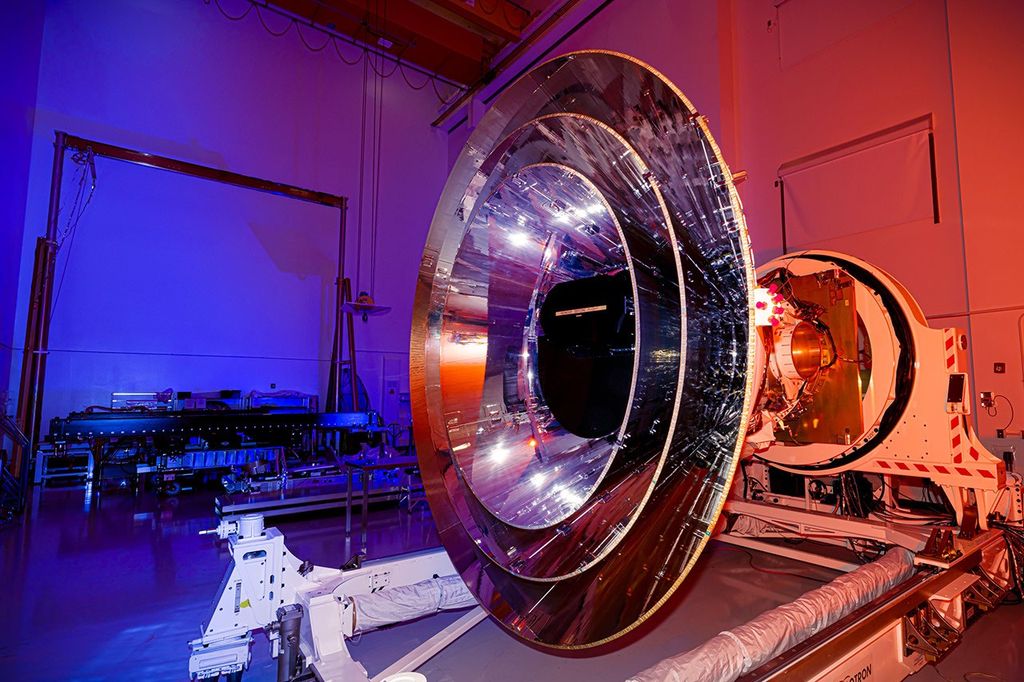1 min read
Tour the Crab Nebula
This video tours the Crab Nebula, a supernova remnant that lies 6,500 light-years away in the constellation Taurus. Despite this distance from Earth, the Crab Nebula is a relatively close example of what remains after the explosive death of a massive star.
NASA’s James Webb Space Telescope captures in unprecedented detail the various components that comprise the Crab, including the expanding cloud of hot gas, cavernous filaments of dust, and synchrotron emission. The synchrotron emission is the result of the nebula’s pulsar: a rapidly rotating neutron star that is located in the center.
The wind produced by the pulsar shapes the Crab Nebula’s form and pushes fast-moving particles along the magnetic field, forming thin ribbons that flow throughout the nebula’s interior. Toward the nebula’s edges are cavernous filaments of dust and hot gas—now-fractured material that was and continues to be ejected at high speeds. Zooming out reveals the nebula’s unique structure, including areas where the synchrotron emission seems to be pinched.
Webb’s sensitivity, along with the rich data collected by other telescopes, is helping astronomers study this complex and changing scene. This information will lead to an improved understanding of the Crab Nebula’s mysterious origins as well as broaden knowledge about the lives and deaths of stars.
- Release DateOctober 30, 2023
- Science ReleaseThe Crab Nebula Seen in New Light by NASA’s Webb
- CreditTea Temim (Princeton University); Image: NASA, ESA, CSA, STScI; Video: Danielle Kirshenblat (STScI)
Downloads
Related Images & Videos
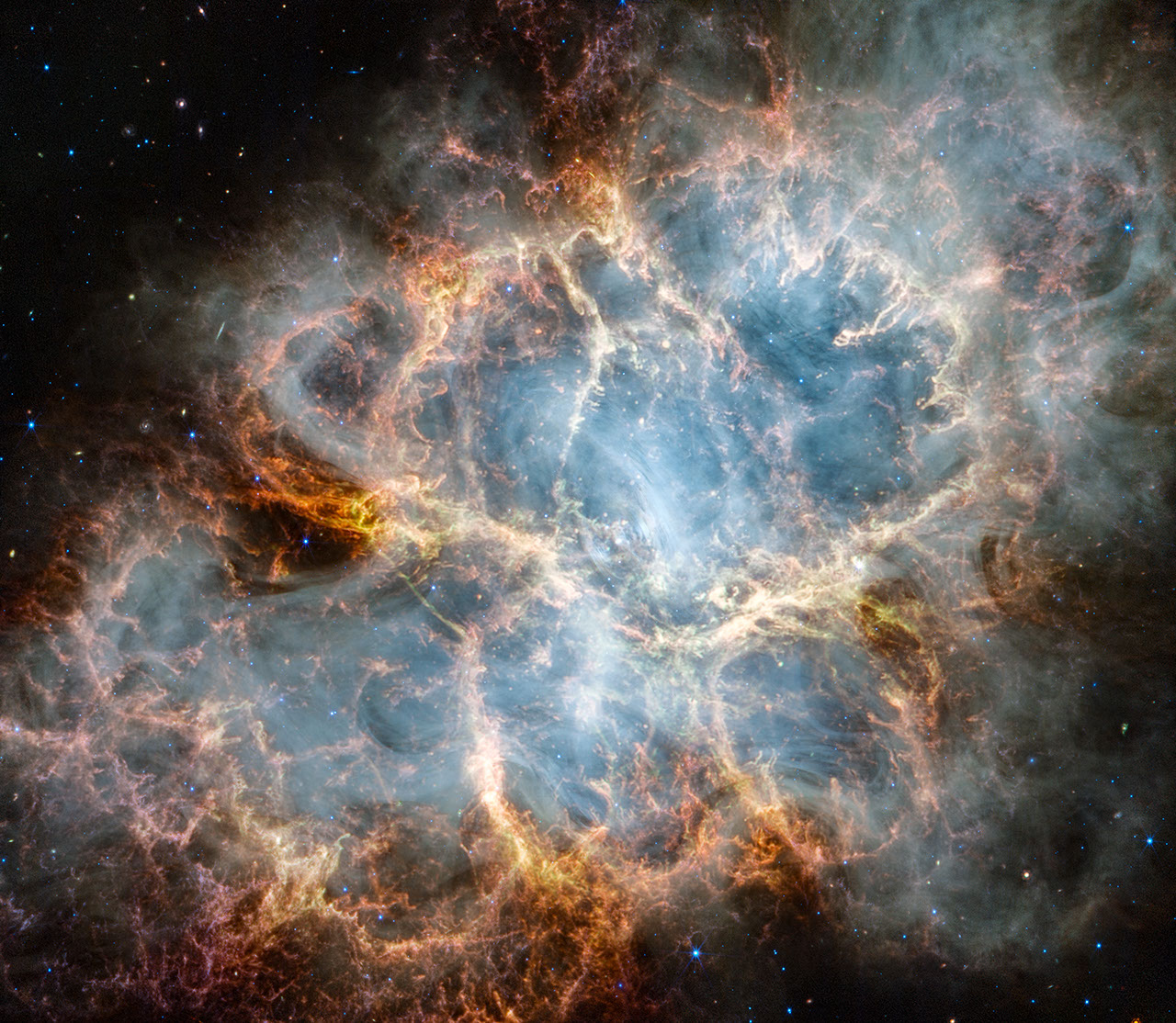
Crab Nebula (NIRCam and MIRI Image)
NASA’s James Webb Space Telescope has gazed at the Crab Nebula in the search for answers about the supernova remnant’s origins. Webb’s NIRCam (Near-Infrared Camera) and MIRI (Mid-Infrared Instrument) have revealed new details in infrared light. Similar to the Hubble optical...
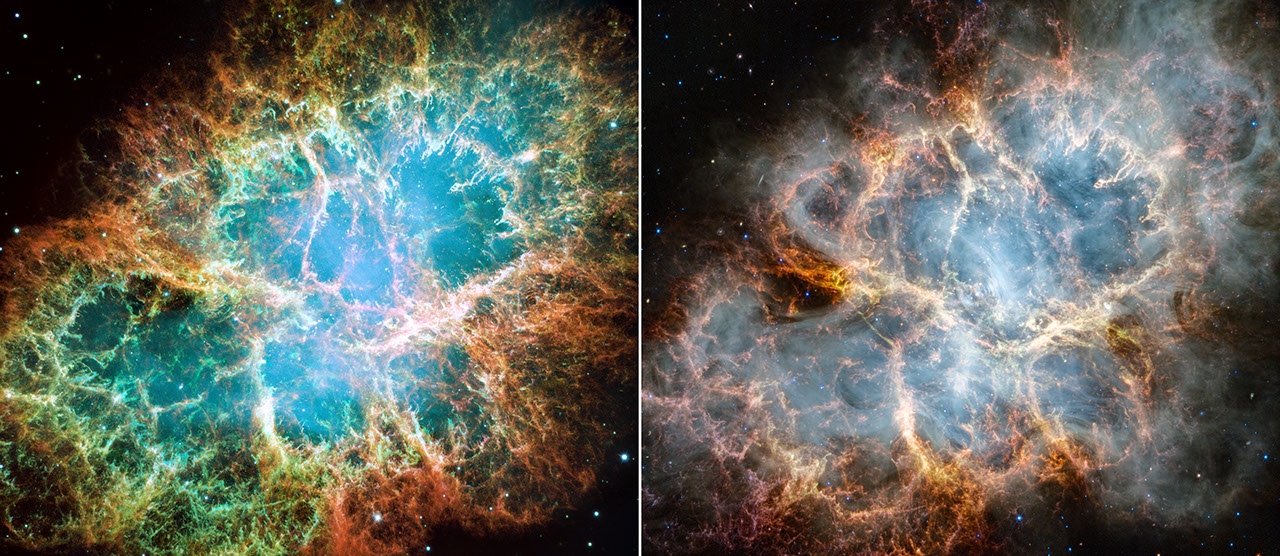
Crab Nebula (Webb and Hubble Comparison)
A side-by-side comparison of the Crab Nebula as seen by the Hubble Space Telescope in optical light (left) and the James Webb Space Telescope in infrared light (right). The Hubble image was released in 2005, while astronomers have recently used Webb’s NIRCam (Near-Infrared...
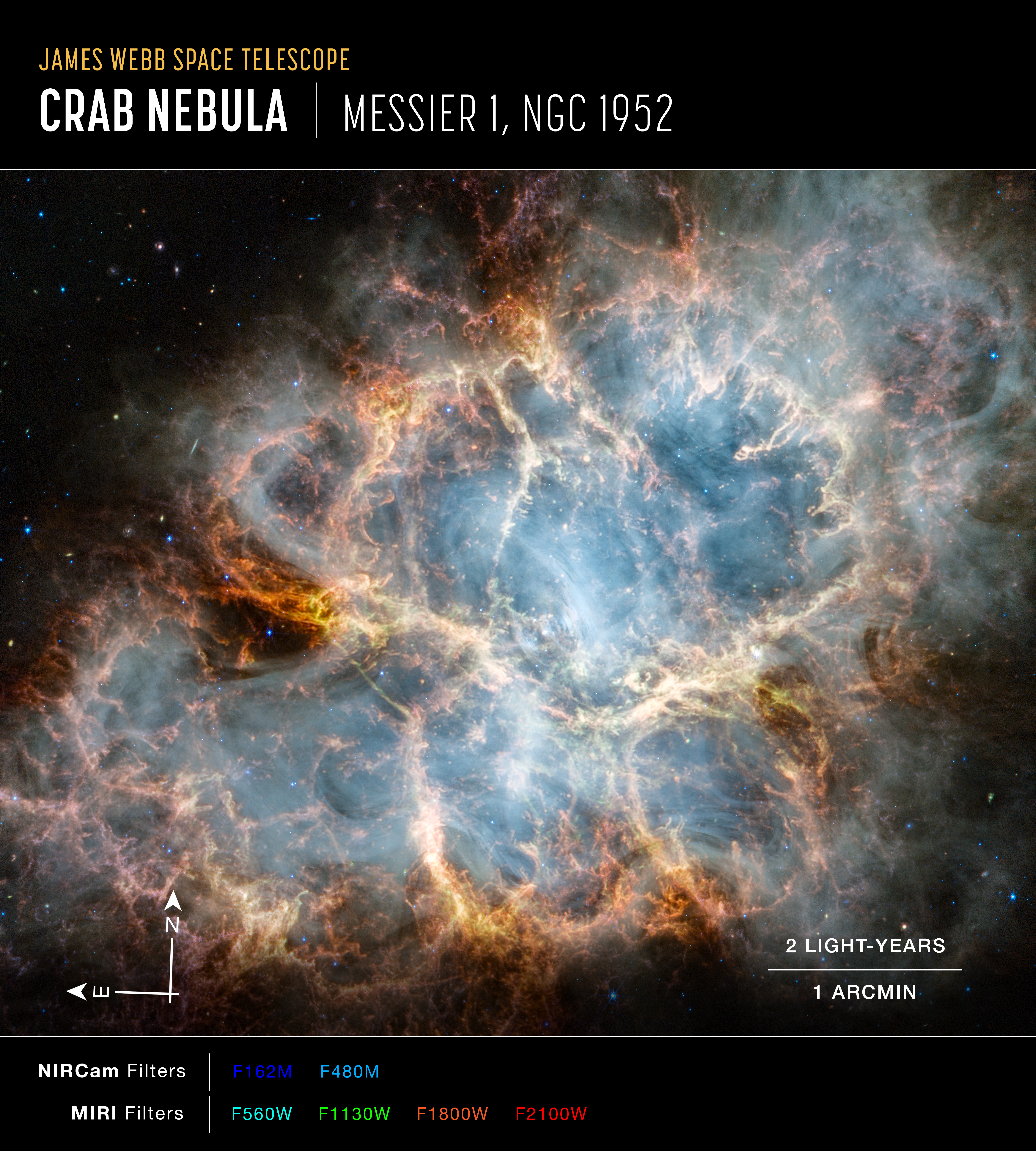
Crab Nebula (NIRCam and MIRI Compass Image)
Image of the Crab Nebula captured by Webb’s NIRCam and MIRI, with compass arrows, scale bar, and color key for reference. The north and east compass arrows show the orientation of the image on the sky. Note that the relationship between north and east on the sky (as seen from...
Share
Details
Laura Betz
NASA’s Goddard Space Flight Center
Greenbelt, Maryland
laura.e.betz@nasa.gov
Tea Temim (Princeton University)
NASA, ESA, CSA, STScI
Danielle Kirshenblat (STScI)






